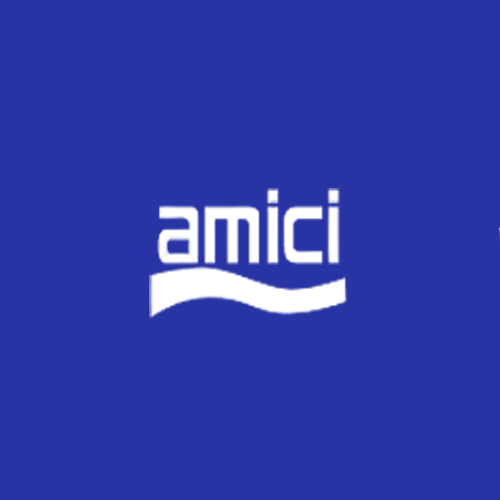
It’s necessary to clean the pool water regularly but since there’s a lot of disinfecting chemicals available in the market, choosing between them can be confusing. Pool sanitizers and pool shock may seem like the same thing but they aren’t. Are you confused whether to use sanitizer or shock to keep your water clean and clear? In this article we’ll help you understand the difference between pool sanitizers vs pool shock.
Pool sanitizers
Pool sanitizers are used to keep your pool water free from bacteria and to inhibit the growth of viruses, algae and other organic pollutants that can be found in the pool water. Chlorine is the most common pool water sanitizer. It is a sanitizer and oxidizer that helps maintain a clear and healthy pool. Chlorine is available in three forms – granular, liquid and tablet.
Liquid chlorine is the easiest and most cost-effective choice. It can be poured directly into the pool water. Granular chlorine can be added into the pool water in two ways. You can either sprinkle the chlorine granules into the pool in an even layer or dissolve the granules in a small water-filled reciprocal and then add that to the pool. Meanwhile, chlorine tablets are commonly placed in the pool's skimmer or in floating chlorinators to ensure that the tablet releases an even amount of chlorine over time.
Each form of chlorine is different but they have the similar active chemical that sanitizes your pool. What makes them different from each other is their strength and the way they’re used.
Chlorine comes in 2 categories: stabilized and unstabilized.
The granular and tablet forms are stabilized chlorine. They are best to use for daily sanitizing because they last longer. The liquid form is an unstabilized chlorine as it is used in giving your pool weekly shocks. A large dose of chlorine will be used to sanitize the water. This type of chlorine kills bacteria, controls algae, destroys organic contaminants and restores clarity in a quick and highly concentrated way.
Pool shocking
Pool cleaning is usually done with sanitizers but when sanitizers aren’t enough to keep your pool clean, you may need to shock your pool. Chlorine sanitizers and shock are alike but different in strength. As stated earlier, pool shocking is for weekly use. The word “shocking” means adding chlorine or non-chlorine pool chemicals to the water in order to raise the “free chlorine” level. It has a more intense chemical strength than the traditional chlorine sanitizers since it raises the free chlorine level above 5 parts per million for several hours.
Pool shocking has the power to destroy bacteria, algae and nasty chloramines. Shocking also helps restore the proper chlorine level and restore water clarity. When the residual chlorine starts to break down, the water chemistry becomes unbalanced which results in a cloudy pool.
There are two types of pool shocking that you can use in maintaining your pool – chlorinated and non-chlorinated.
The most common chlorinated shock is a granular version of calcium hypochlorite. It consists of 2-in-1 oxidizing and unstabilized sanitizing chlorine. Chlorinated shock kills bacteria and algae but it takes 24 hours before you can use the pool. Meanwhile, it only takes 15 minutes with the non-chlorinated shock. However, it does not kill bacteria and algae. Non-chlorinated shock only oxidizes free chlorine and organic debris. Potassium Monopersulfate is a non-chlorinated shock chemical.
Pool shocking should be done every week to two weeks. When it’s hot weather or when you frequently use your pool, you may need to shock more often.
Similarities and differences
Pool sanitizers and pool shock are similar in terms of being an effective pool cleaning product. They both keep the pool water clean. You need to use both sanitizer and shock. The residual chlorine sanitizes the pool water day to day and shocking is essential for weekly use or when the pool water becomes cloudy. Without tablet/ granular/ liquid chlorine, the chlorine shock will dissolve quickly out of the water while without chlorinated or non-chlorinated shock, the sanitizer you used for the pool water cannot fully sanitize the water as it constantly loses effectiveness when more and more combined chlorine (aka chloramines) become present in the pool.
Sanitizers and shock both kill bacteria and algae. These pollutants bloom in pools and can cause a problem but they don’t stand a chance at surviving when sufficient levels of pool sanitizers and shock are present in the water. The residual chlorine focuses solely on disinfecting/sanitizing the pool water to get rid of bacteria, algae and hazardous microorganisms in the water while pool shock takes care of the organic pollutants in the water by oxidizing them. There are various forms of sanitizers and shock that can help maintain the cleanliness of your pool water.
Conclusion
Pool sanitizers and pool shock aren’t meant to be used together but to fill what the other one can’t do. Pool sanitizers give you round the clock sanitization of the water while pool shocking takes care of all the pollutants that the residual chlorine no longer can handle. These two pool water chemicals are both powerful yet they have different strengths.
